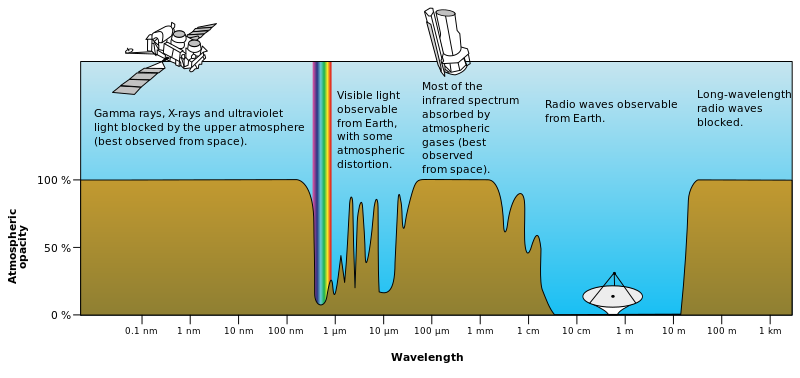http://web.mit.edu/newsoffice/2008/moonscope-0215.html wrote:
MIT to lead development of new telescopes on moon
David Chandler, MIT News Office, February 15, 2008
<<NASA has selected a proposal by an MIT-led team to develop plans for an array of radio telescopes on the far side of the moon that would probe the earliest formation of the basic structures of the universe. The new MIT telescopes would explore one of the greatest unknown realms of astronomy, the so-called "Dark Ages" near the beginning of the universe when stars, star clusters and galaxies first came into existence. This period of roughly a billion years, beginning shortly after the Big Bang, closely followed the time when cosmic background radiation, which has been mapped using satellites, filled all of space. Learning about this unobserved era is considered essential to filling in our understanding of how the earliest structures in the universe came into being.
The Lunar Array for Radio Cosmology (LARC) project is headed by Jacqueline Hewitt, a professor of physics and director of MIT's Kavli Institute for Astrophysics and Space Science. LARC includes nine other MIT scientists as well as several from other institutions. It is planned as a huge array of hundreds of telescope modules designed to pick up very-low-frequency radio emissions. The array will cover an area of up to two square kilometers; the modules would be moved into place on the lunar surface by automated vehicles.
Observations of the cosmic Dark Ages are impossible to make from Earth, Hewitt explains, because of two major sources of interference that obscure these faint low-frequency radio emissions. One is the Earth's ionosphere, a high-altitude layer of electrically charged gas. The other is all of Earth's radio and television transmissions, which produce background interference everywhere on the Earth's surface. The only place that is totally shielded from both kinds of interference is the far side of the moon, which always faces away from the Earth and therefore is never exposed to terrestrial radio transmissions.
Besides being the top priority scientifically for a telescope on the moon, this low-frequency radio telescope array will also be one of the easiest to build, Hewitt says. That's because the long wavelengths of the radio waves it will detect don't require particularly accurate placement and alignment of the individual components. In addition, it doesn't matter if a few of the hundreds of antennas fail, and their performance would not be affected by the ever-present lunar dust.
The new lunar telescopes would add greatly to the capabilities of a
low-frequency radio telescope array now under construction in Western Australia, one of the most radio-quiet areas on Earth. This array, which also involves MIT researchers,
will be limited to the upper reaches of the low-frequency radio spectrum (> 50 MHZ), and thus will only be able to penetrate into a portion of the cosmic Dark Ages.
According to prevailing theory, this unobserved span of time in the universe's infancy includes a period when dark matter--an unknown component of the universe that accounts for a majority of all matter--collapsed from a uniform soup of particles into clumps that formed the scaffolding for all the structures that emerged later, from stars and black holes to entire galaxies. All astronomical observations made so far only reveal the results of that whole formation process--except the cosmic background radiation, which only shows the raw material before the process began. The whole gestation and birth of all the kinds of objects seen in space today, which all took place in the Dark Ages, has so far been hidden from view.
The new observations could test current theories about how the universe formed and evolved into its present state, including the theory of cosmic inflation first proposed by MIT Professor Alan Guth. In addition to their primary mission, the new telescopes would also be useful for studying huge eruptions from the sun, called coronal mass ejections, which can sometimes disrupt communications and electrical grids on Earth. They could also study space weather, the radio emissions from other planets and emissions from collisions between galaxies.
The present plan is for a one-year study to develop a detailed plan for the telescope array, whose construction would probably not begin until sometime after the year 2025, and is expected to cost more than $1 billion. The project to develop the plan is led by MIT's Hewitt, with a team that includes MIT professors Jeffrey Hoffman of the Department of Aeronautics and Astronautics and Maria Zuber, chair of the Department of Earth, Atmospheric and Planetary Sciences, as well as others from MIT and scientists from Harvard, the National Radio Astronomy Observatory, the University of California at Berkeley, University of Washington and NASA's Jet Propulsion Laboratory. To develop this detailed plan, NASA is awarding a grant of $500,000, to be divided between the MIT-led team and a second team that is independently developing a similar proposal, headed by scientists at the Naval Research Laboratory.>>


